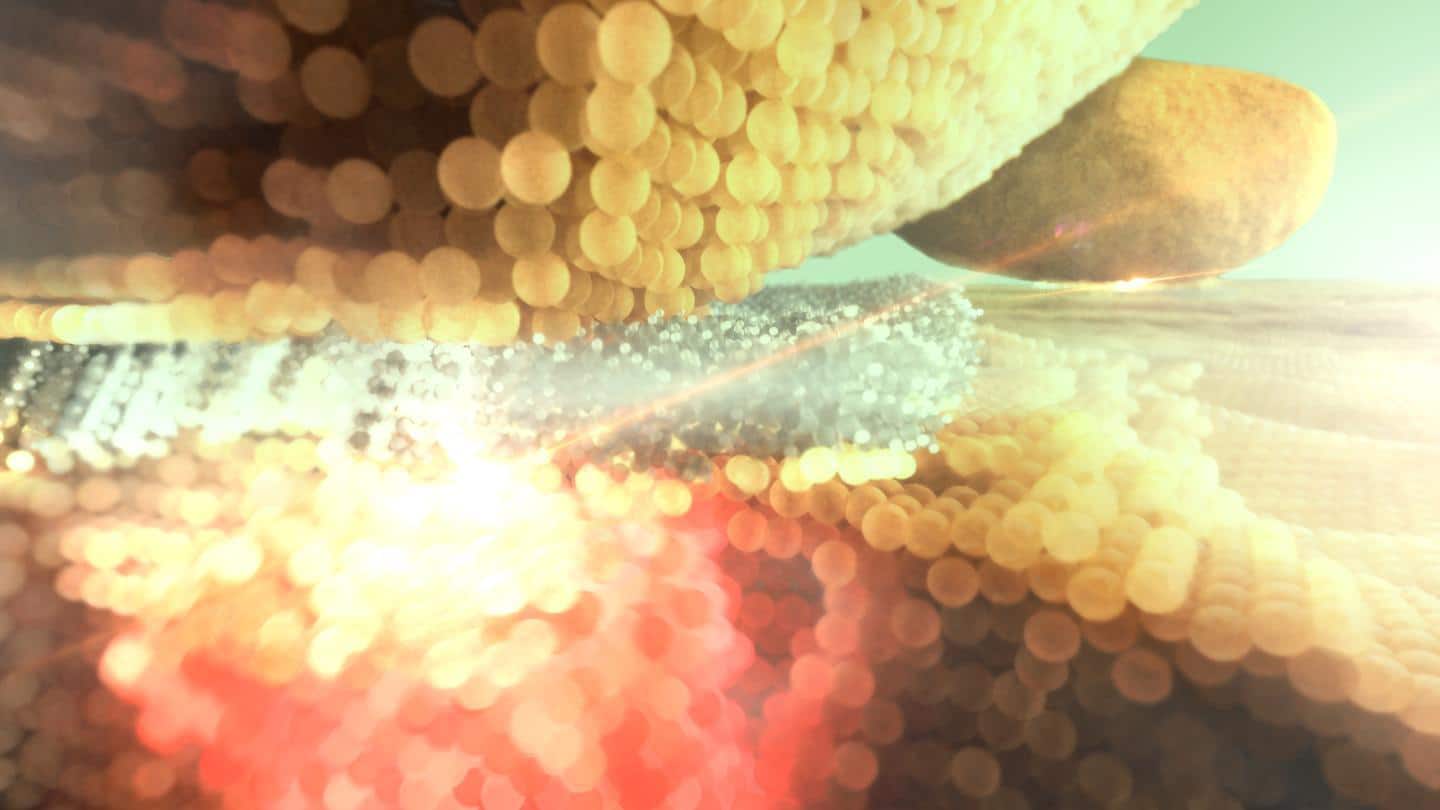Nano Plasmonic Sensor Nanoelectronics
Researcher and author: Dr. ( Afshin Rashid)
Note: The structure of plasmonic nanosensors using nanoelectronics technology has been significantly improved so far. In such a way that more accurate, smaller and highly sensitive sensors have been obtained under the name of plasmonic smart nanosensors.
Various sciences such as biochemistry, biology, electronics, various branches of chemistry and physics are involved in the design of a plasmonic nano sensor. The main part of a chemical or biological sensor is its nano-sensor element. The nano-sensor element is in contact with a detector. This element is responsible for identifying and linking to the species in a complex specimen. The detector then converts the chemical signals generated by the nanosensor element coupled to the target species into a measurable output signal. Biosensors rely on biological components such as antibodies. Enzymes, receptors, or whole cells can be used as sensors.
For nanosensors, a nanosensitivity process to plasmonia involves the complex interaction of three elements between photons, molecules, and nanostructures . , Nanopores, nanotubes and nanoparticles, to enhance advanced surface Raman spectroscopy and sensitivity fluorescence in plasmonic amplified nanosensor based on multilayer nanoparticles and , detection for many small sections or Poorly adsorbed molecules are difficult in plasmonic nanosensors. Performance of floating particles for plasmon-based amplified nanosensor based on multilayer nanoparticles in the interaction between molecules and nanostructured surfaces. Based on the pathway for colloidal aggregation , poorly adsorbed molecules cannot be adsorbed on a metal surface during rapid aggregation. Therefore, this natural defect causes these nanosensors to not show significant sensitivity. On the solid surface with precision nanoparticles, immersion of the nanosensor substrate in the solution containing the analyte may result in the adsorption of a homogeneous molecule. However, the absorption time (for example, a few hours) goes far beyond the practical time intervals. Instead, by drying the droplet containing the analyte on a substrate, the distribution of the molecule on the plasmon-amplified nanosensor based on multi-layer nanoparticles may face the issue of uniformity.
Conclusion :
Researcher and author: Dr. ( Afshin Rashid)
PhD in Nano-Microelectronics




